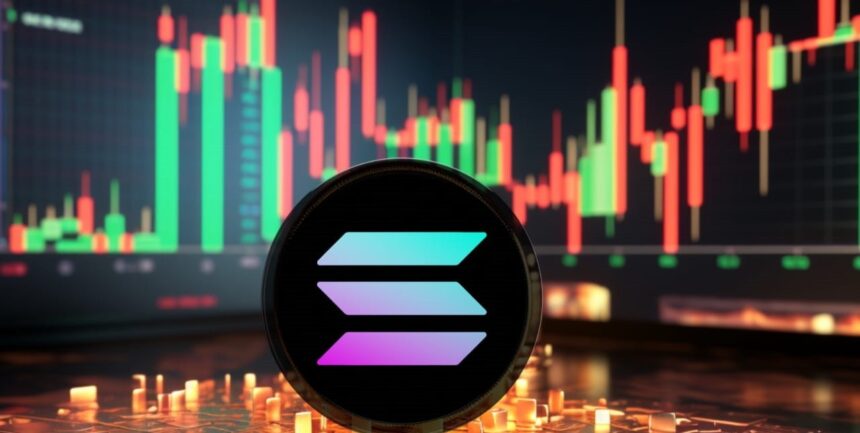Solana cofounder Anatoly Yakovenko has reignited attention on the network’s scalability following a notable capacity boost on the blockchain. In a tweet shared shortly after a major protocol upgrade, Yakovenko stated that “doubling block capacity is easier than BLS vote aggregation economics,” prompting renewed comparisons between Solana and Ethereum.
Yakovenko says that the newest network enhancement demonstrates Solana’s advantage in scalability. This tweet was after a proposal SIMD-0256 was successfully activated, increasing the network’s block limit to 60 million Compute Units, upwards of the previous limit of 48 million. This upgrade is the first in favor of the 100 million CU goal, increasing the block’s capabilities to process non-vote transactions.
Performance Metrics Improve as Solana Hits 1,700 TPS Milestone
The implementation of SIMD-0256 affects Solana’s real-time performance. At peak demand, the network could use the available bandwidth to surpass a throughput of 1,700 transactions per second. Yakovenko has quoted this as the fact that Solana provided more transactional capacity than Ethereum and layer-2 solutions.
The Solana community has viewed the upgrade as a long-term strategic nudge to lead the blockchain in terms of throughput. This goal is keyed on the Max Block Units limit, which regulates the amount of work, that is, how much can be victualled into a single block. With a gradual increase of this threshold, Solana strives to ensure more comprehensive and heavy-load usages, yet without compromising on node accessibility.
Also, the intention of the network to increase the block capacity to 100 million CUs indicates, in the long term, borderline aggressive growth. This path differs from that of Ethereum, which has rollups and BLS aggregate signatures, a modular scaling strategy. The BLS system deployed on the Ethereum Beacon Chain is effective at consensus protocol, but it also brings an extra level of complexity to the requirements of vote aggregation mechanics.
Solana Maintains Technical Momentum Despite Market Fluctuation
In spite of the current development throughout the network, SOL experienced a price decline of 7.53% within the 24-hour range. The virtual currency had just broken money-highs of two hundred dollars since early June. This rally was accompanied by the expansion of development work and the growth of the community’s stability in relation to Solana random.
Even though Yakovenko made technically oriented comments, the underlying discussions revolved around Solana’s approach to dealing with future demand. In his comparisons, he shows that he is certain that Solana’s architecture will scale natively without needing additional layers of execution.
Conclusion
The improvement in block upgrade and performance has further given Solana technical traction, and the company’s founder’s comments have achieved additional market impact. As the blockchain aims to achieve greater capacity levels, its course will be closely observed by both developers and analysts.
Also Read: Ripple’s RLUSD Receives Top Rating as Market Trust Strengthens














